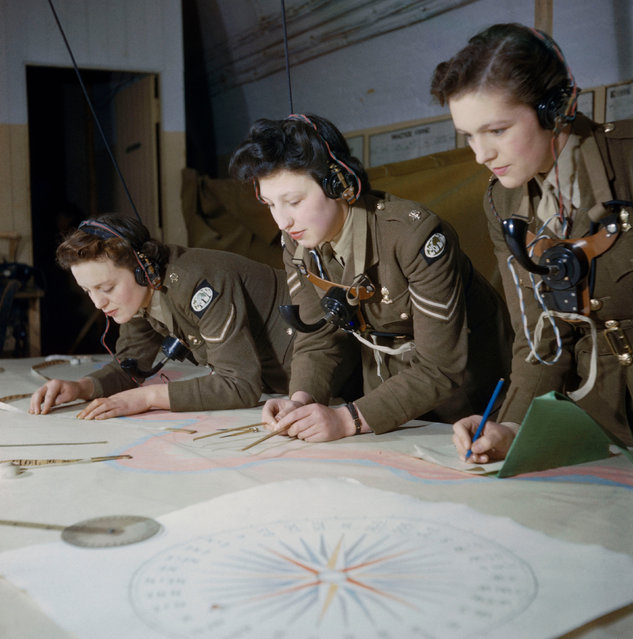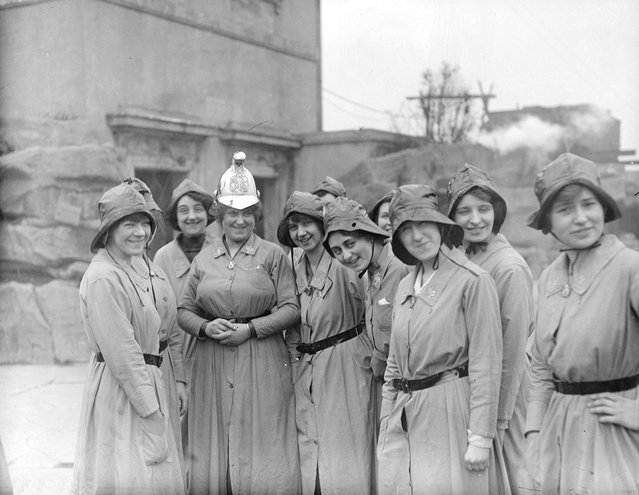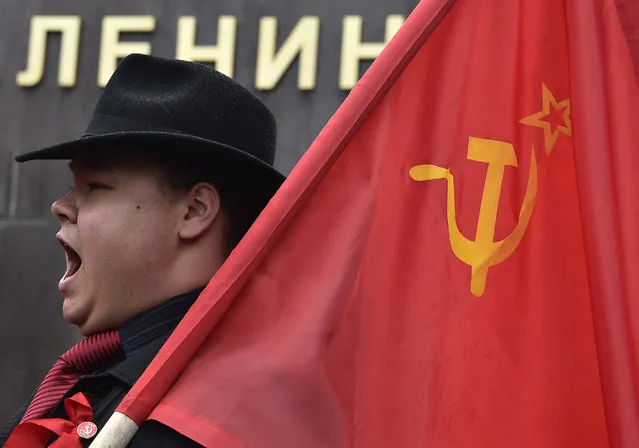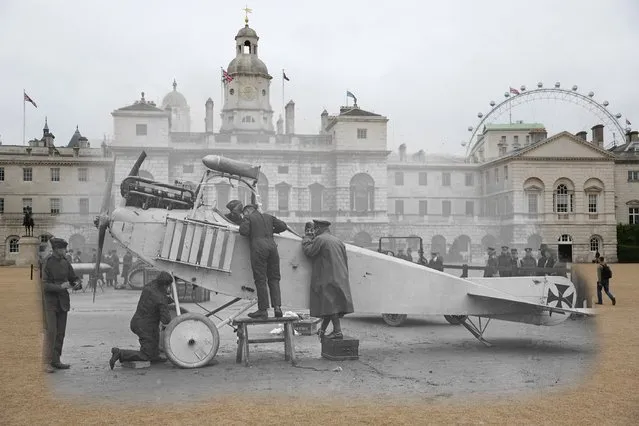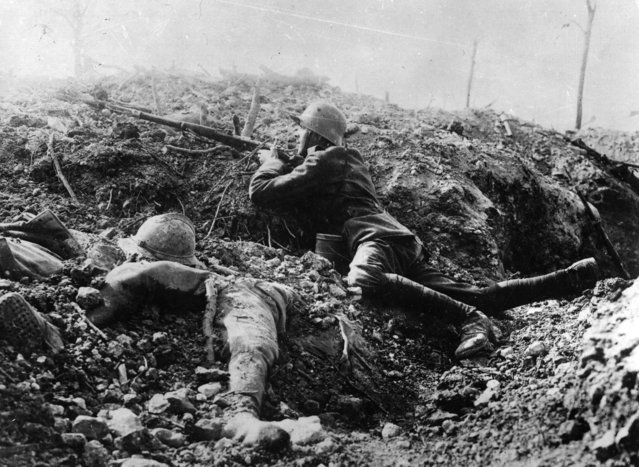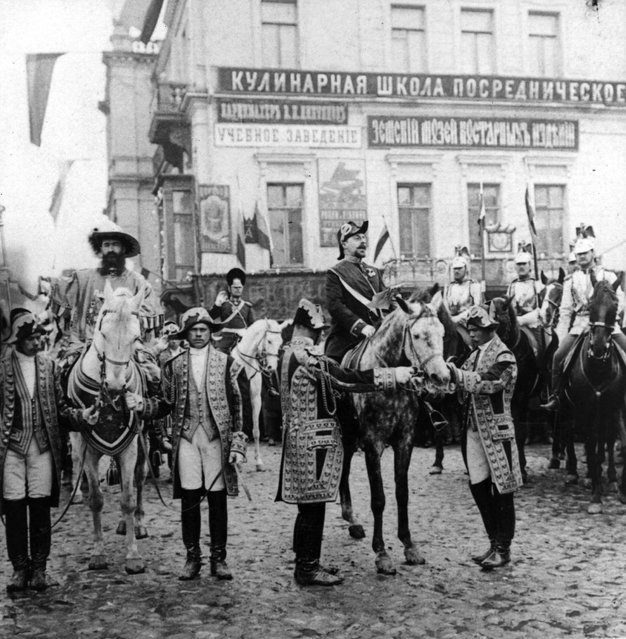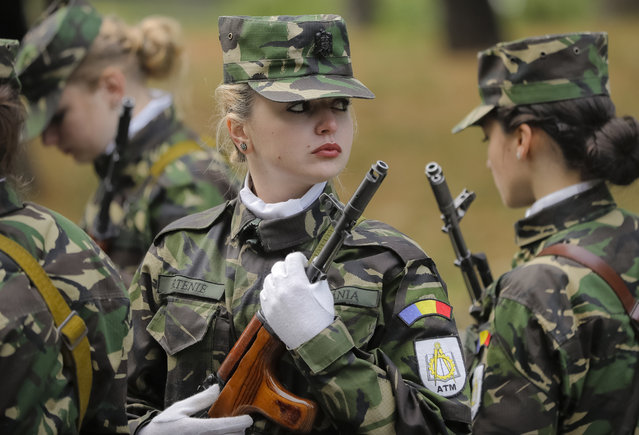
Students hold their weapons before the swearing in ceremony for the military students, in Bucharest, Romania, Wednesday, October 25, 2017. The Romanian Army is proudly celebrating their Army Day and marking 100-years since the landmark battle of Marasesti, a key World War I battle in 1917 when Romanian and Russian soldiers defeated German troops, halting a German offensive. (Photo by Vadim Ghirda/AP Photo)
29 Oct 2017 08:52:00,post received
0 comments


